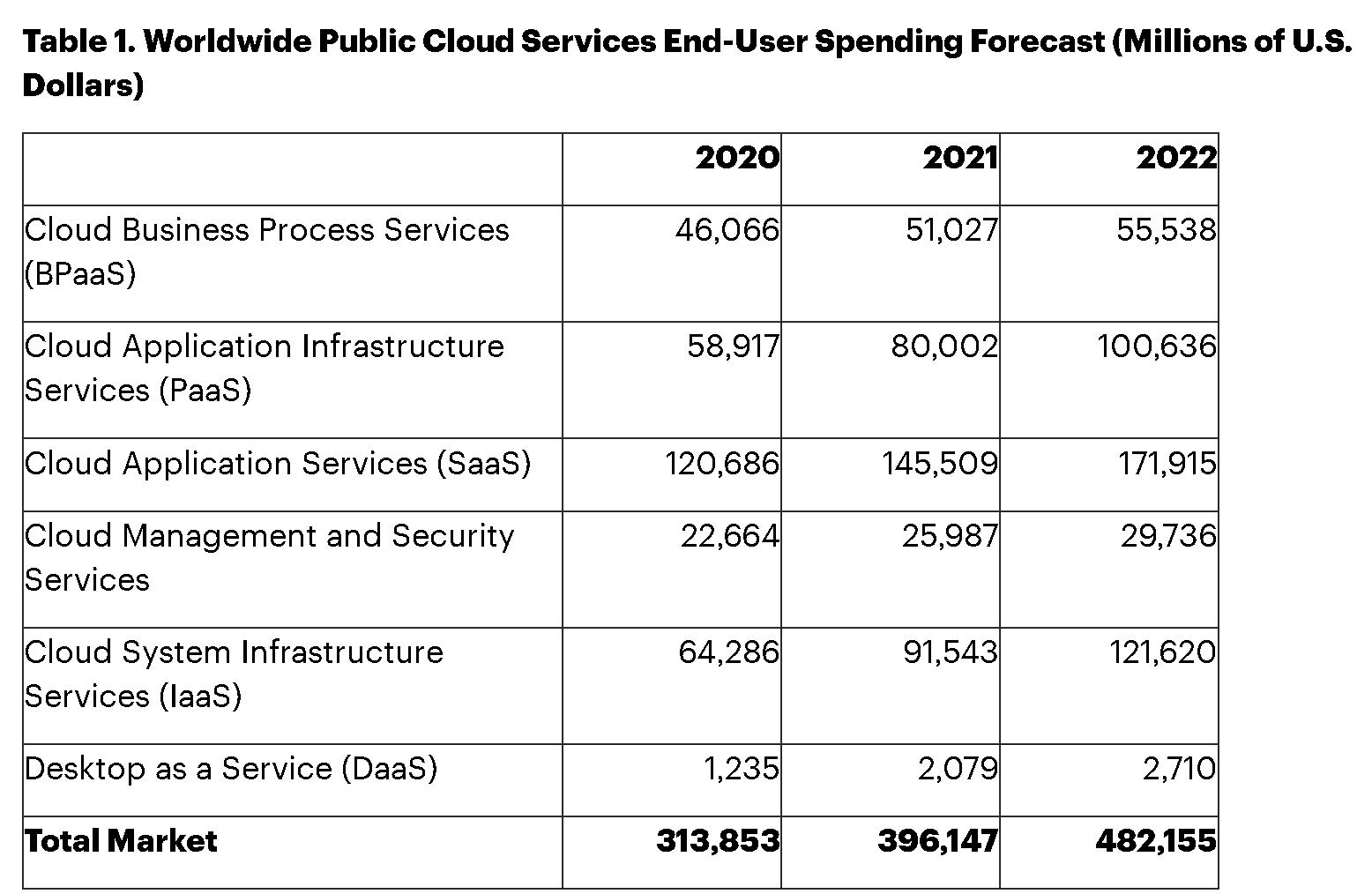This year will be a period of meteoric growth for the cloud industry. Research from Gartner suggests that global spending on public cloud services in 2022 will exceed $480 billion, a 22% increase from last year alone.

An increased reliance on cloud computing means that organizations across all industries need to begin investing resources in refining their cloud infrastructure. It also means that technologists must ensure that they are ready to support cloud-based initiatives.
In this era of cloud boom, there is a huge opportunity for organizations to adopt agile practices to effectively leverage technology and react quickly to customer needs. When it comes to the cloud, it’s no longer the big eating the small — but the fast eating the slow. Here’s how to make sure your skills are cloud ready in 2022.
The incredible speed that cloud technologies have developed has caused challenges for technologists across organizations, contributing to a growing cloud skills gap.
At the heart of this skills gap is a lack of skilled and qualified professionals who are able to support new cloud initiatives. The result is bottlenecks, delays in product shipping, and abandonment of key strategic initiatives altogether. Without immediate attention and dedicated upskilling efforts, this cloud skills gap will not close anytime soon.
In 2022, organizations that have not yet explored the benefits of cloud migration will likely realize the economic imperative of doing so. Research from McKinsey suggests that there is around $1 trillion from cloud computing up for grabs across Fortune 500 companies. The organizations that seize this opportunity and adopt cloud first will reap the majority of those fiscal benefits.
For organizations that are just getting started implementing their cloud programs, the need to train their developers in cloud technologies is imminent. Engineers and developers will be learning the cloud while they are migrating to the cloud. This “learn-as-you-go” approach highlights the importance of on-demand training that will allow developers to upskill bit by bit as they work to make their organizations cloud-ready.
Though the cloud skills gap can seem daunting for any organization beginning their cloud journey, it is important to develop programmatic solutions to upskilling that help your technologists eat the elephant one bite at a time.

As we move into 2022, many organizations that have already begun their cloud journeys will move from focusing on cloud implementation and adoption to honing their organization’s cloud maturity. Still, gaining a grasp on cloud fundamentals is a necessary first step.
Many organizations are currently seeking developers who can master the basics of cloud computing, ensuring that their organization’s cloud infrastructure is secure and stable. This includes multiple availability zones, auto-scaling, minimal blast radius, and least privileges.
As your organization and technologists get further along in their cloud maturity, it becomes important to take a more proactive approach to your cloud strategy. That includes developing a strategy around cloud security, governance and cost management, migration, containers, and configuration and automation. These higher-level considerations for the cloud will help ensure that your organization is taking a holistic approach to its cloud journey.
The nature of cloud technologies is constantly evolving. This means organizations and technologists should consistently be keeping an eye on the future of the cloud. In 2022, I expect that more emphasis will be placed on composable applications – and architectural principles – due to the agility they enable. Additionally, since API development is at the heart of composability, API development and cloud services will likely grow in popularity.
So how can you begin to master these skills? There are a few practical ways to do this. The first is getting some (or more) cloud certifications under your belt.
Industry recognized certifications from one of the major cloud providers is becoming an industry standard for validating cloud computing skills. In fact, many organizations are now listing cloud certifications as a requirement in job descriptions. I recommend that aspiring cloud professionals look into the certification requirements from companies and job titles that they would be interested in to see which certifications are most in-demand.
Cloud learning does not stop with acquiring certifications, though. Technologists looking to hone their cloud skills should develop the habit of on-the-job, daily learning in order to keep pace with the ever-changing world of cloud. There are a range of online learning options for cloud skills.
In my experience, some of the best cloud learning opportunities implement hands-on learning experiences – like cloud sandboxes and learning labs – to let technologists learn by doing. These tactile learning experiences can be incredibly powerful for building skills, and can also help with troubleshooting and problem solving in different cloud scenarios.
The bottom line is that organizations need to be willing to support the upskilling and reskilling of their technologists if they want to win at cloud computing. Organizations must provide access to learning resources, allot dedicated time for employee upskilling, and tie learning and development to business outcomes. Ensuring that your organization invests in tech skills development – especially within the cloud – will be an essential practice in 2022.
By Drew Firment





